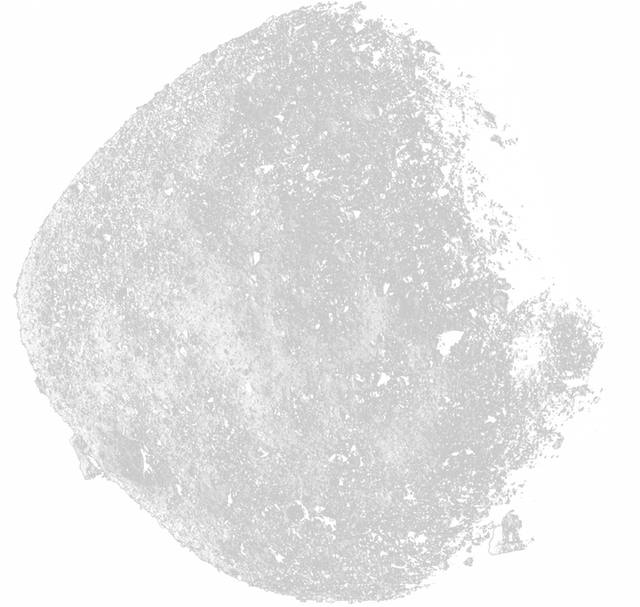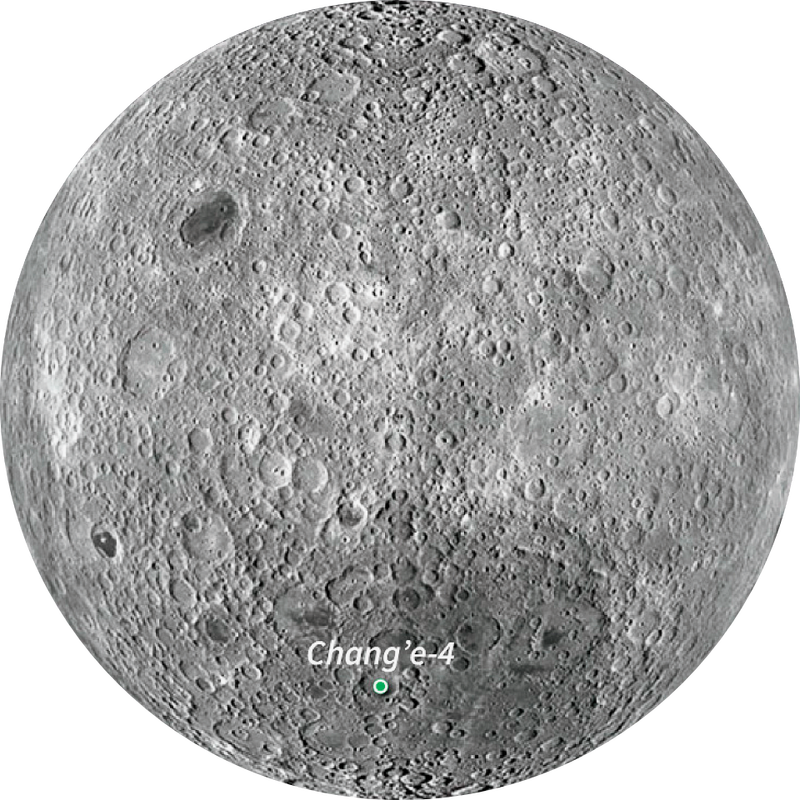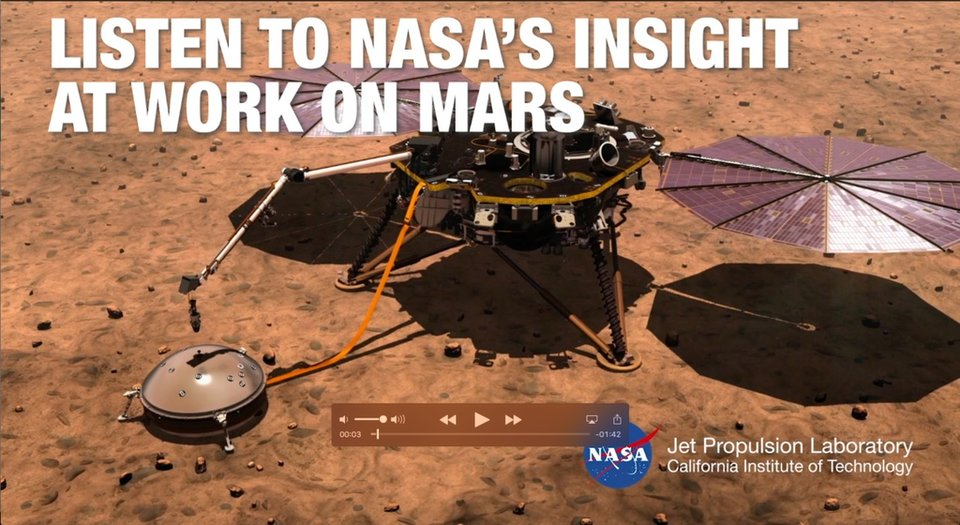Lastyear,wemarked50yearssincehumansfirstwalkedonthe moon. Thatwasalongtimeago.Yet,we’restillexploringspacetoday.What’soutthere?We’vesentlotsofunmannedspacecrafttofind out.
Arecentmissionwenttoadifferentpartofthemoon.AsthemoongoesaroundEarth,thesamesidealwaysfacesEarth.Thisnearsideisthepartwehavealways visited.
Then,in2019.Chinalandedacraftonthefarsideofthemoon.Itlandedinahugecrater.Aroundthecraterwererocksfrombelowthemoon’ssurface.Chinawillstudy them.
AviewofEarthfromthesurfaceofthe moon
Measuring'Marsquakes'
Themoonislarge,butit’snotaplanet. Planetsarelarge,round,andorbit,orgoaround,thesun.Ourmoondoesn’torbitthesun.ItorbitsEarth.Earthisaplanet.Marsis, too.
AssessingAsteroids
BeyondMarsarelotsofsmall,irregularobjectsthatgoaroundthesun.Theseare asteroids.Longago,objectslikeasteroidscametogethertobuildrockyplanetslikeEarthandMars.Asteroidsmaycontainvaluable minerals.
SomeasteroidscomeclosetoEarth.AJapanesespacecraftisexploringonenamedRyugu.Lastyear,thecraftshotalarge"bullet"attheasteroid.Thiskickedupmaterialforthespacecrafttocatchfor study.
AnotherspacecraftlaunchedfromtheUnitedStates(U.S.).ItisexploringanasteroidnamedBennu.Later,itwillbringbacksamplesto Earth.
ThisimageshowstheBennuasteroidnexttotheEiffelTower,for scale.





